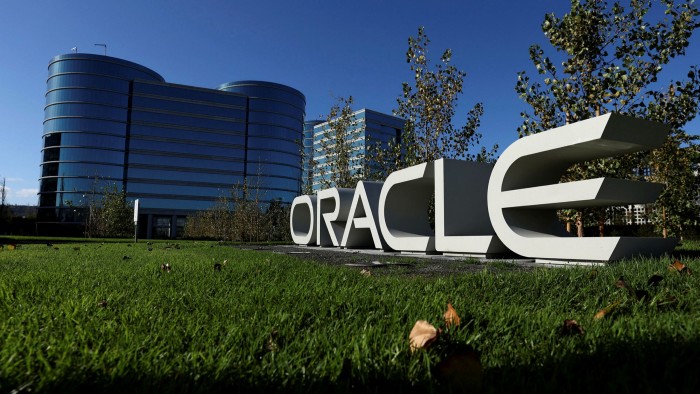
Earnings Expectations: Analysts predict an EPS of $1.48 and revenue of approximately $14.1 billion.
Valuation Concerns: Oracle is perceived as overvalued by about 20%, with a P/E ratio of approximately 47.33.
Investment in AI: Demand for Oracle’s AI services is outpacing supply, highlighting the importance of computing power for operations.
Oracle Corporation (NYSE:ORCL) is gearing up to release its quarterly earnings on December 9, 2024. Analysts predict an earnings per share (EPS) of $1.48, with revenue expected to reach around $14.1 billion. Oracle, a leader in database management and enterprise software, competes closely with tech giants like Microsoft.
Despite its strong market position, Oracle’s stock is perceived as overvalued by about 20%, based on a discounted cash flow (DCF) model and comparisons with its five-year averages and Microsoft. The company’s price-to-earnings (P/E) ratio is approximately 47.33, indicating a high valuation relative to its earnings. Its price-to-sales ratio is about 9.69, and the enterprise value to sales ratio is around 11.06.
Oracle maintains a strong economic moat in Database Management Systems (DBMS), Enterprise Resource Planning (ERP), and Cerner. However, its position is less robust in Infrastructure as a Service (IaaS) and hardware. The company’s growth is expected to accelerate to around 12% by 2026, driven by capital expenditures in the IaaS Cloud sector. This growth raises concerns about potential impacts on profit margins.
Oracle’s financial metrics reveal a debt-to-equity ratio of roughly 7.81, indicating a significant level of debt compared to its equity. The current ratio stands at approximately 0.72, suggesting potential liquidity challenges in meeting short-term obligations. The enterprise value to operating cash flow ratio is about 31.13, and the earnings yield is around 2.11%.
As Oracle prepares to report its fiscal 2025 first-quarter results, investors should focus on the company’s AI capabilities. The demand for Oracle’s AI services is outpacing supply, driven by the need for large language models (LLMs) in AI chatbots and applications. These models require substantial computing power, a critical factor for Oracle’s operations.

